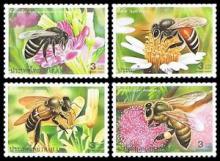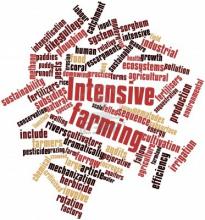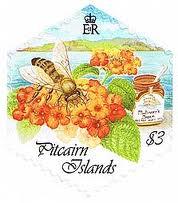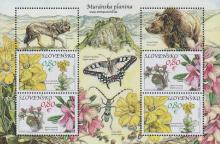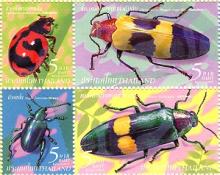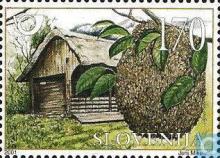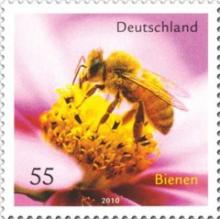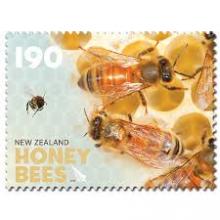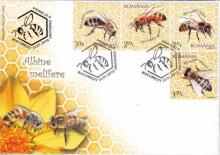Many of the things that threaten honeybees are also affecting wild pollinators
Many people have read about the decline of the honeybee in the news in recent years. Experts agree that a combination of changes in habitat, exposure to pesticides, mites, disease, and other factors have harmed them. But less attention is paid to wild bees and other pollinators, which are also extremely important.
Honeybees are not native to North America. Records indicate they were brought over by English settlers in the 1600s for honey and wax. But there have always been native bees and other pollinators who did the work of pollination before honeybees arrived and still do much of that work today. Pennsylvania has 300 different species of wild bees, alone. The honeybee is useful to us. They alone provide delicious honey and we need them for pollinating some of the cultivated landscapes we require to feed ourselves. Honeybees are considered to be the most valuable pollinators in agriculture, because they are well understood, relatively easy to maintain, movable, and able to communicate rapidly the locations of new food sources. Some crops are almost entirely dependent on the honeybee for production. Blueberries and cherries are 90-percent dependent and almonds almost entirely.

